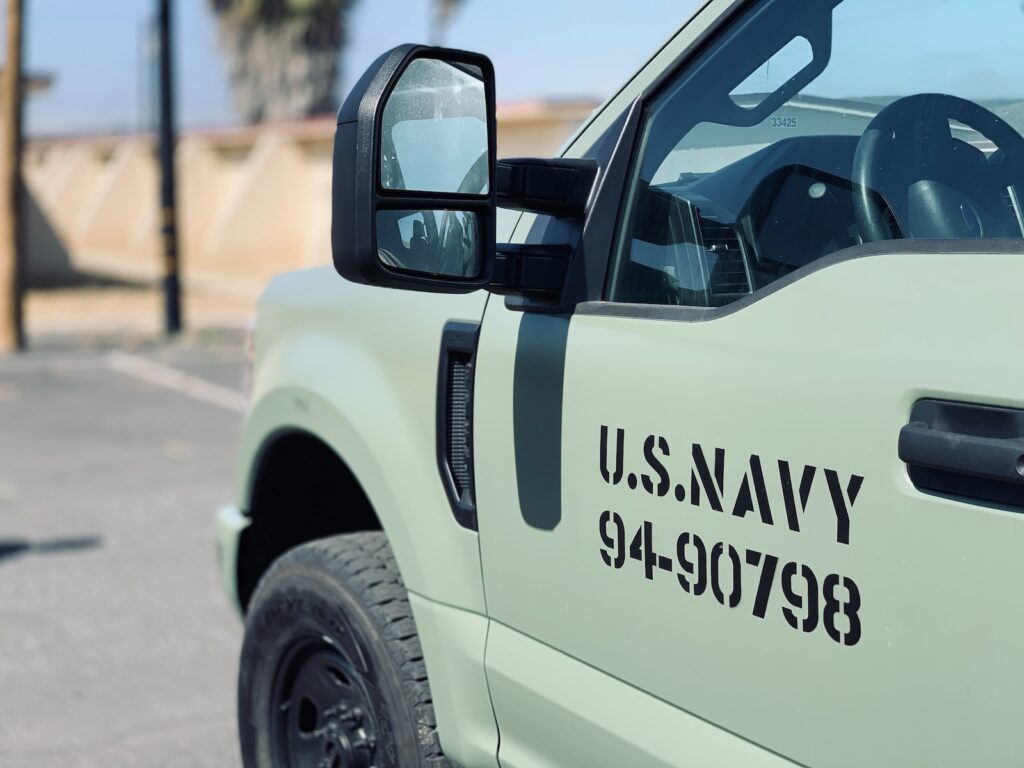
Transporting a vehicle to a military base involves a unique set of challenges and requirements that differ from standard vehicle shipping. Military bases have stringent regulations and security measures in place to ensure the safety and proper handling of all incoming vehicles. Whether you’re a service member relocating, a contractor delivering equipment, or someone arranging transportation for a family member, understanding these specific requirements is crucial for a smooth and hassle-free process.
Summary
Understanding Military Base Vehicle Transport Requirements
Military Base Regulations and Procedures
Transporting a vehicle to a military base involves adhering to specific regulations and procedures designed to ensure security and compliance. Each base may have its own set of requirements, but generally, you’ll need to provide detailed documentation, including proof of ownership, registration, and insurance. Additionally, some bases require pre-authorization or clearance forms to be completed before the vehicle can enter the base.
It’s important to contact the base’s transportation office well in advance to understand the exact requirements and deadlines. Failure to comply with these regulations can result in delays or even denial of entry, so thorough preparation is key.
Security and Inspection Protocols
Military bases enforce rigorous security measures to protect personnel and property. Vehicles entering a military base will typically undergo security inspections to ensure they meet safety standards and do not pose any security risks. This process can include checks for hazardous materials, vehicle modifications, and overall condition.
Choosing the Right Auto Transport Service
Factors to Consider When Selecting a Transport Service
Selecting the right auto transport service is crucial when shipping a vehicle to a military base. Key factors to consider include:
- Experience with Military Transport: Look for transport services with a proven track record in handling military base deliveries. Their experience will ensure they are familiar with the specific requirements and regulations of military bases.
- Insurance Coverage: Verify that the transport service provides adequate insurance coverage. This ensures that your vehicle is protected against any potential damage during transit.
- Delivery Timeframes: Choose a service that can meet your delivery deadlines. Military base transport often requires adherence to strict timelines, so it’s important to ensure the transport service can accommodate your schedule.
- Reputation and Reviews: Check customer reviews and testimonials to gauge the reliability and quality of the transport service. Positive feedback from previous clients can be a good indicator of their capability to handle military base shipments.
Benefits of Specialized Military Vehicle Transport Services
Opting for a transport service that specializes in military base deliveries offers several advantages:
- Compliance with Military Regulations: Specialized services are well-versed in the specific regulations and paperwork required for military base access, reducing the risk of delays or complications.
- Efficient Handling of Security Protocols: These services are experienced in navigating the security and inspection processes unique to military bases, ensuring a smoother transit experience.
- Tailored Customer Support: Specialized providers often offer dedicated support and personalized assistance to address any specific needs or concerns related to military transport.
Case Study: Successful Vehicle Transport to a Military Base
Case Study Overview
In this section, we present a real-life case study of a successful vehicle transport experience to a military base. Our client, a military service member relocating to a new base, required timely and efficient vehicle shipping. The vehicle needed to be transported from a civilian location to a high-security military installation, presenting several challenges along the way.
Challenges Faced:
- Regulatory Compliance: Ensuring all required documents and clearances were in place.
- Security Inspection: Meeting the stringent security inspection protocols of the base.
- Timely Delivery: Coordinating the transport to align with the client’s relocation schedule.
Solutions Implemented:
- Pre-Transport Coordination: Our team worked closely with the military base’s transportation office to gather and complete all necessary paperwork and pre-authorization forms.
- Inspection Preparation: The vehicle was prepped for inspection by removing non-essential items and ensuring it met all safety standards.
- Efficient Scheduling: We coordinated the transport schedule to ensure timely delivery in alignment with the client’s move-in date.
Outcome and Lessons Learned
The vehicle was successfully delivered to the military base without any delays or issues. Key outcomes included:
- Smooth Documentation Process: Effective communication with the base ensured all documentation was accurate and timely.
- Successful Inspection: Proper vehicle preparation facilitated a smooth inspection process.
- On-Time Delivery: Adhering to the scheduled delivery window minimized disruptions for the client.
Lessons Learned:
- Early Preparation: Start the process early to allow ample time for paperwork and compliance.
- Clear Communication: Maintain open lines of communication with both the client and the military base to address any potential issues proactively.
Common Challenges and How to Overcome Them
Challenges in Transporting Vehicles to Military Bases
Transporting a vehicle to a military base can present several common challenges:
- Delays in Documentation: Missing or incomplete paperwork can cause delays. Ensuring that all forms and approvals are in order is crucial for timely processing.
- Security and Inspection Issues: Vehicles may face rigorous inspections that can delay entry if they do not meet security or safety standards.
- Coordination with Military Regulations: Adhering to the specific rules and regulations of different military bases can be complex and vary significantly.
- Logistical Coordination: Aligning transport schedules with military base entry times can be challenging, especially when dealing with tight deadlines.
Solutions and Best Practices
To overcome these challenges, consider the following solutions and best practices:
- Thorough Documentation Preparation: Double-check all required documents, including proof of ownership, registration, and any special permissions. Contact the base’s transportation office early to confirm requirements and deadlines.
- Vehicle Inspection Readiness: Prepare your vehicle for inspection by ensuring it meets all safety and security guidelines. Remove any non-essential items and address any potential issues beforehand to avoid complications.
- Understanding Military Regulations: Research and familiarize yourself with the specific regulations of the base to which the vehicle is being transported. Consult with experts or specialized transport services to ensure compliance.
- Effective Logistical Planning: Plan transport schedules well in advance and coordinate closely with the military base and transport service to ensure timely delivery. Flexibility and early planning can help mitigate potential scheduling conflicts.
